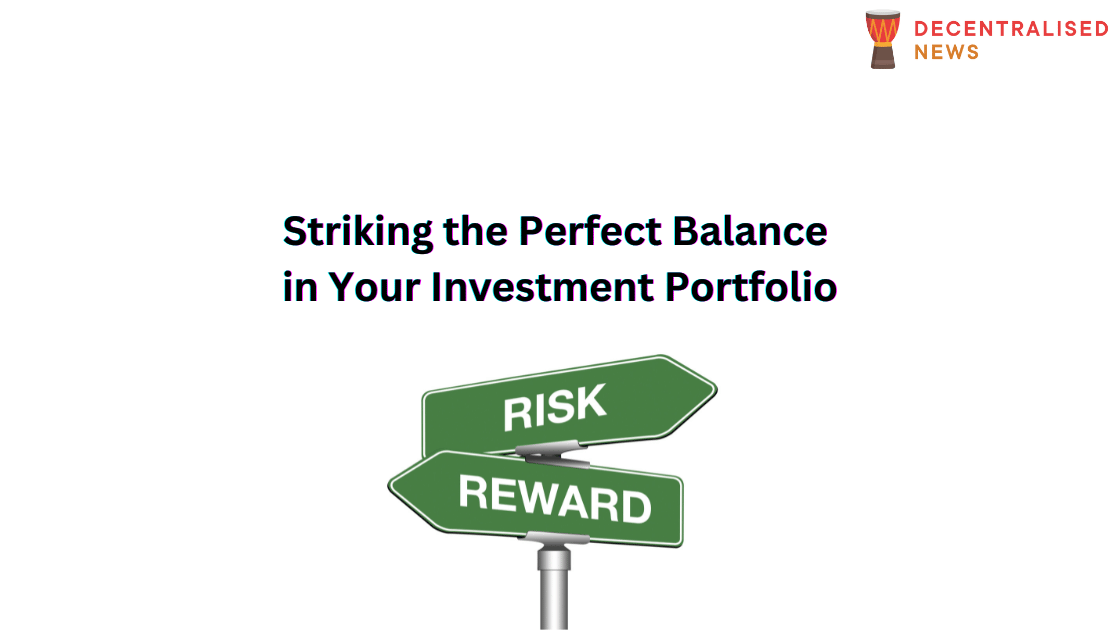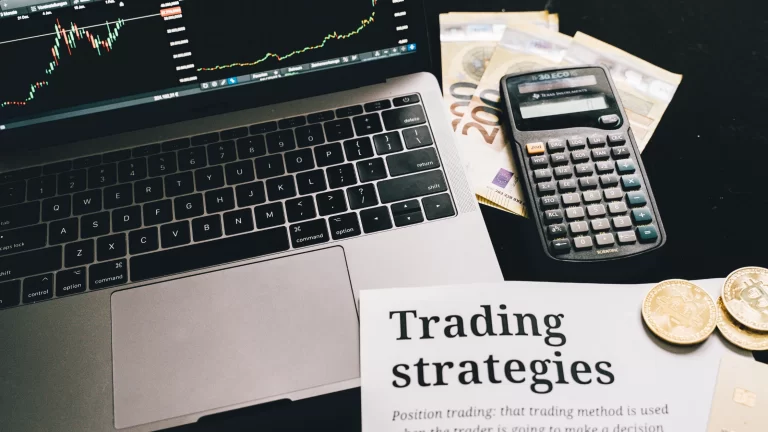Risk vs Reward: A Guide to Building a Balanced Investment Portfolio

In the realm of investments, the correlation between risk and reward is a fundamental concept. Generally, the higher the potential return, the greater the risk, and vice versa. Finding the right balance between risk and reward is a cornerstone of successful investing. In this article we’ll delve into how you can strike this balance in your investment portfolio, considering diverse investment avenues such as stocks, cryptocurrencies, and real estate.
Understanding Risk and Reward
Risk, in investment terms, refers to the possibility that the actual return on an investment may differ from the expected return. High-risk investments are associated with greater volatility and the potential for loss.
Reward, on the other hand, is the potential return on an investment. Higher rewards often come with increased risk. For instance, stocks have a higher return potential compared to bonds but also come with increased volatility.
Striking a Balance: Diversification and Asset Allocation
The key to balancing risk and reward lies in the strategies of diversification and asset allocation.
Diversification involves spreading your investments across different asset classes, industries, or geographic areas. By diversifying, you reduce the risk that a poor performance in one investment will significantly impact your overall portfolio. For instance, a tech stock downturn won’t hurt as much if you’re also invested in healthcare stocks, commodities, or real estate.
Asset allocation is the process of deciding how to distribute your investments among different asset classes like stocks, bonds, real estate, and cryptocurrencies. A young investor with a high risk tolerance might opt for a portfolio heavily weighted towards stocks and cryptocurrencies, while an older investor nearing retirement might favor bonds and real estate.

Case Studies: Stocks, Cryptocurrencies, and Real Estate
Let’s examine how balancing risk and reward works across different investment avenues.
- Stocks: A well-balanced stock portfolio should include a mix of large-cap, mid-cap, and small-cap stocks, diversified across different industries. For instance, blue-chip stocks such as Apple or Microsoft offer stability and consistent dividends but lower growth potential, while small-cap stocks offer higher growth potential but at a greater risk.
- Cryptocurrencies: Cryptocurrencies like Bitcoin and Ethereum offer high reward potential but come with significant risk due to their price volatility. Diversification within the crypto space can be achieved by investing in different types of cryptocurrencies – for instance, a mix of established coins (like Bitcoin), altcoins (like Ethereum), and tokens representing different sectors within the crypto ecosystem.
- Real Estate: Real estate can provide steady income and potential appreciation but comes with risks such as property damage or market downturns. Diversification in real estate can involve investing in different types of properties (residential, commercial, industrial) in different geographical areas.
High-Level Insights: Smart Risk Management
Striking the right balance between risk and reward involves a clear understanding of your risk tolerance and investment goals. Here are some high-level insights to help guide you:
- Assess your risk tolerance: This involves understanding your ability to withstand losses. Factors to consider include your financial situation, investment goals, and your emotional ability to handle market downturns.
- Align investments with goals: Different investment goals require different levels of risk. For long-term goals (like retirement), you might be able to afford to take on more risk for higher potential returns. For short-term goals, it’s generally better to take on less risk.
- Regularly review and rebalance your portfolio: Market dynamics can shift the balance of your portfolio over time. Regularly reviewing and rebalancing your portfolio can help maintain the desired level of risk and reward.
- Don’t let fear or greed drive your decisions: Emotion-driven decisions can lead to buying high out of greed or selling low out of fear. Stay disciplined, stick to your investment plan, and don’t let market fluctuations throw you off course.
Striking the perfect balance between risk and reward is both an art and a science. It requires a clear understanding of risk and reward, strategic diversification and asset allocation, and disciplined investment behavior.
With these strategies, you can build a balanced portfolio that aligns with your risk tolerance and helps you achieve your investment goals. Remember, every investor’s situation is unique – what matters most is finding the right balance for you.




